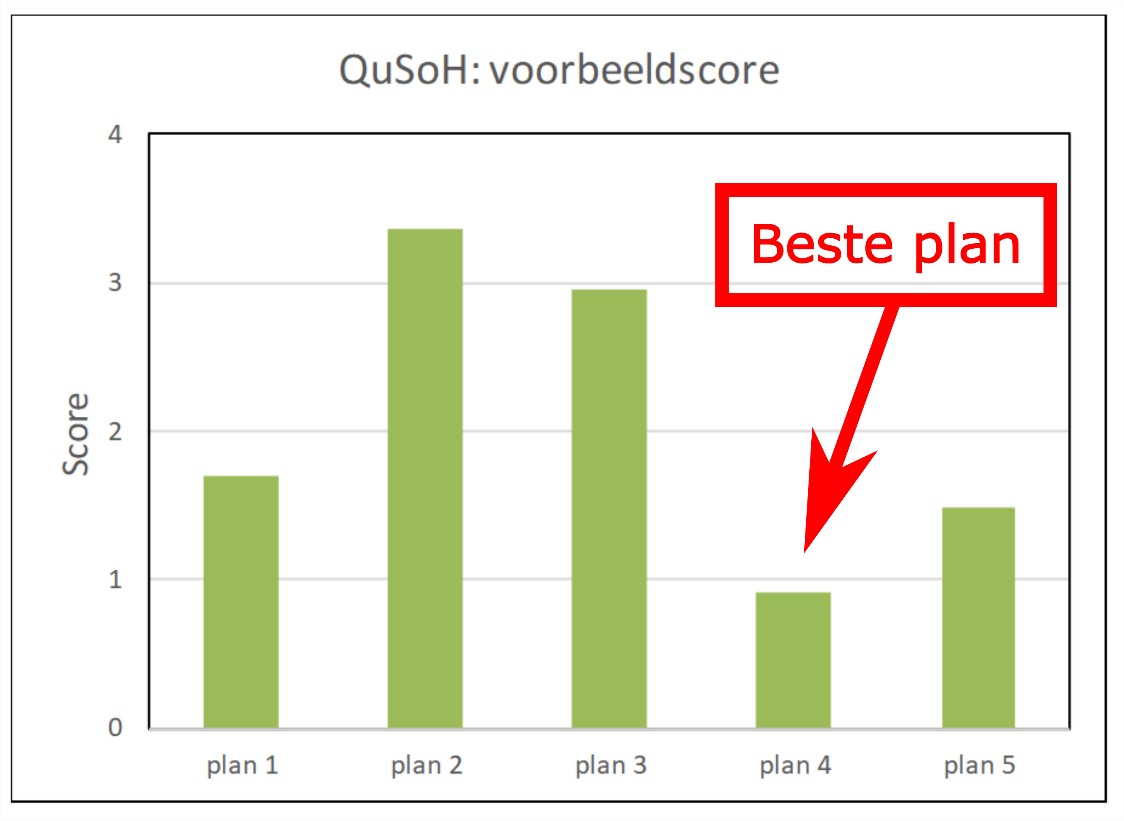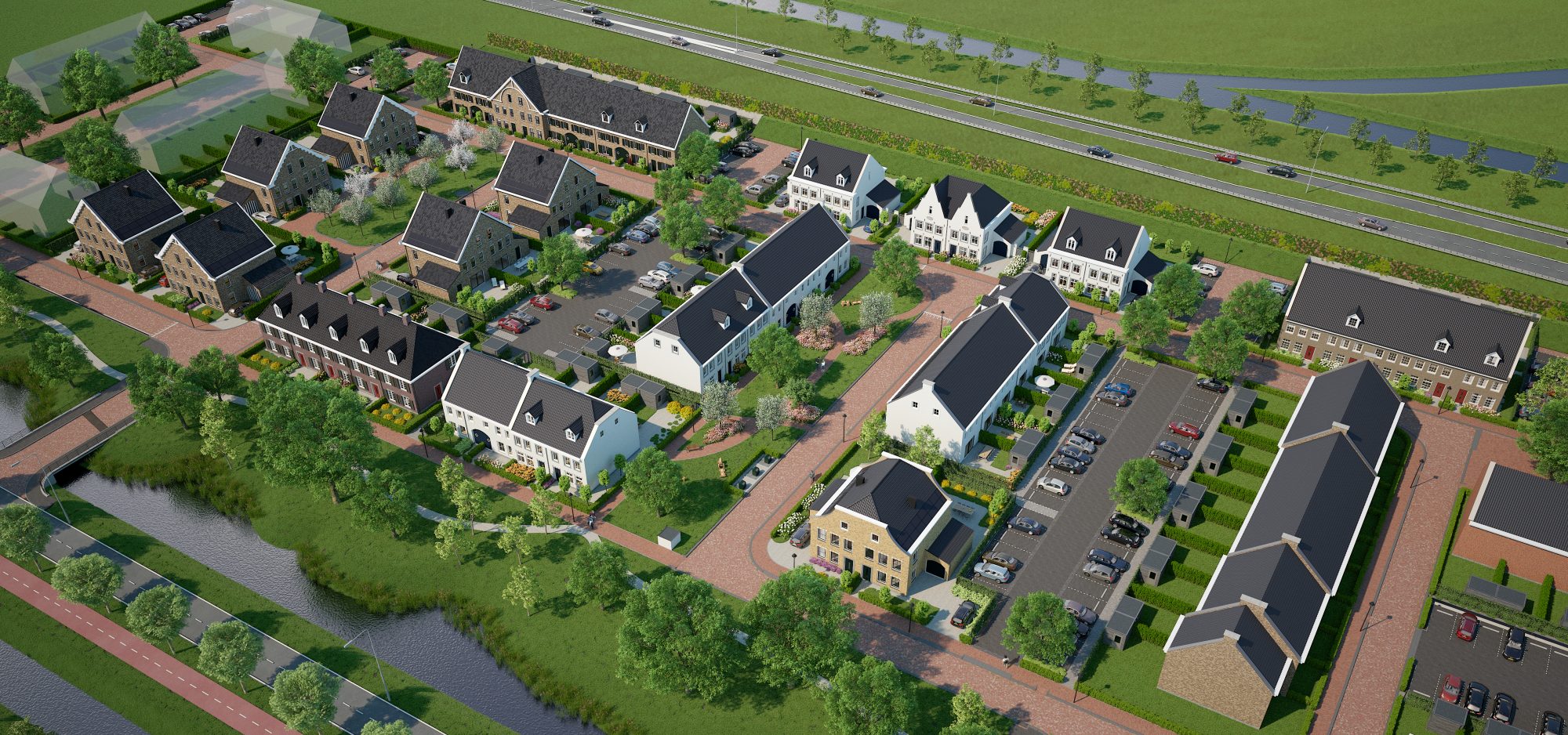
Take noise into account in tenders
Take solutions for a comfortable living environment fully into account when developing a housing plan. It is possible. We have developed a tool for the objective valuation of (EMVI) tenders on a healthy home and living environment. This way we get noise on the drawing board as early as possible during the design phase.

Quality score for Sound Housing
To achieve a comfortable living climate in noise-affected locations, the architect can rely on an arsenal of acoustic measures, such as a curtain wall, extra soundproofing or the lockable loggia. But noise control does not start with the façade. There is much to be gained in the basic design of the district. By making good use of the building shape, area layout and layout of the residential floor plan, solutions can be created for a comfortable home and living environment.
Precisely for this reason, M+P developed a user-friendly tool that provides direct insight into the optimal allotment variant: the QuSoH (Quality Score for Sound Housing). The tool is particularly interesting for municipalities that want to include noise in tenders as a quality aspect, and for developers who want to objectify the quality of their construction plan. The first noise-conscious tender is already in the pipeline. Designing with noise, “soundscaping”, has now been given a practical interpretation.
Health as a benchmark
In itself, the fact that the layout of a planning area influences the noise exposure is nothing new. Everyone intuitively understands that buildings along a road shield the buildings behind them. It is a lot less easy to compare extensive development plans. Especially if it is not the noise impact, but a healthy home and living climate that is the benchmark. Valuation of allotment variants based on objective criteria provides a quantitative description of the acoustic quality. This is the basic principle of QuSoH.
Better results
In short, the tool works as follows. Homes are categorised in classes of 5 dB, calculated on the most noise-exposed façade. High noise levels give a lower score than low noise levels. The houses are then tested against two additional criteria: availability of a quiet outdoor space and availability of one or more quiet bedrooms. The latter gives substance to the issue of sleep disturbance; an important source of (health) complaints among noise sufferers.

An interesting question now is: How much “better” is a house with a noise impact of about 50 dB, than a house with 10 dB more on the façade? For such a comparison, the QuSoH reverts to the known nuisance relationships as drawn up by Miedema. The effect of a quiet outdoor space and the effect of two quiet bedrooms provides a better quality of living, which is appreciated by moving between classes. By expressing the scores of all homes together in one score, plans can be compared with each other or compared with previously executed plans.
Under construction
The first tender in which the QuSoH has been used is currently under construction. It concerns the Tegenpleinen tender in the southern edge of Hoofddorp. The Zuiderhoeven housing plan is currently being implemented there. This plan of around 100 homes is located between four busy municipal roads. The Municipality of Haarlemmermeer included the QuSoH in their schedule of requirements, and for the first time involved noise as an integral part of the tendering procedure. The result: a new-build plan at a noise-exposed location, where almost all homes have a quiet outdoor space and two or more quiet bedrooms. In other words, a good home and living environment guaranteed. A wonderful achievement!
Illustration from the website of the developer AM.






